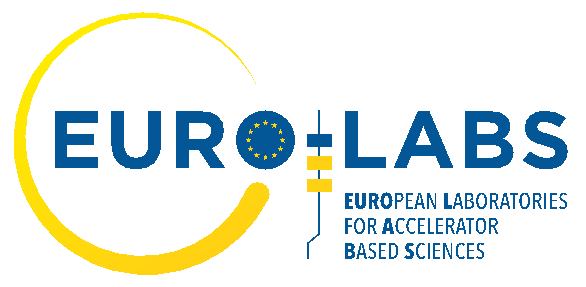WARNING: for hotel bookings do not give your data to any external services upon email request; there are known cases of fraud
Nuclear and high energy physics facilities, such as CERN, Jefferson Lab, RHIC, and the forthcoming EIC, have been built around the world to study the visible universe at the fermi scale. They are already producing exabytes of data. This unprecedented amount of data holds the promise of solving many of the mysteries in QCD in the nonperturbative regime. However, extracting the required information is an extremely challenging task, as there is no available analytic solution for QCD to interpret data. Solving this challenge requires nuclear physics to develop and adopt methods from data science, AI/ML, applied mathematics, and large-scale computing and adapt them to this goal. Digital twins, in particular, can simulate and model complex nuclear processes, providing a virtual replica that enhances understanding and predictive capabilities. This multidisciplinary approach, fostering cross-field collaboration and the exchange of ideas, is still in its infancy in QCD phenomenology. The integration of digital twins into nuclear and particle physics could revolutionize how we approach and solve these complex challenges. The workshop is the third of a series started in Genoa (2024) and Messina (2025).
Supporting project and institution
